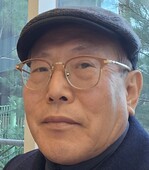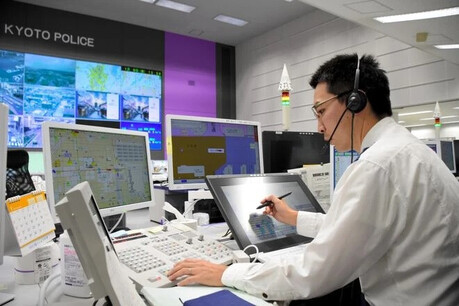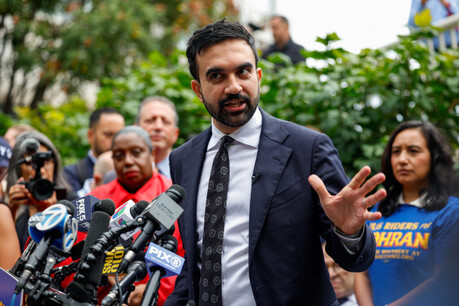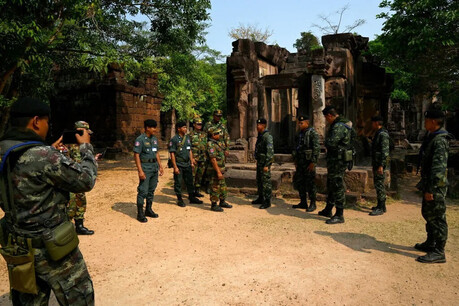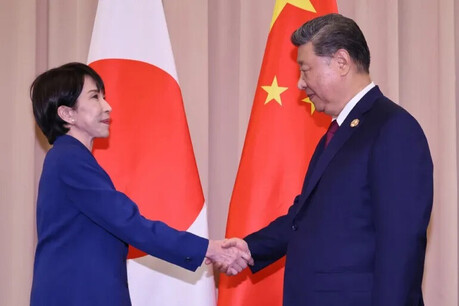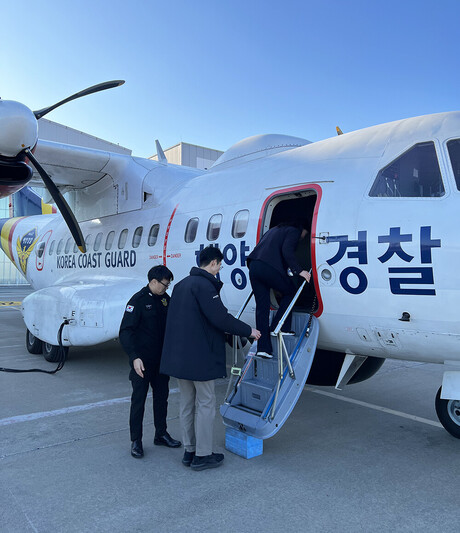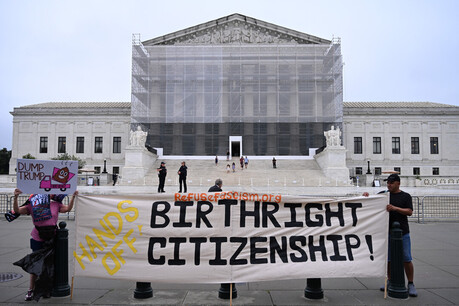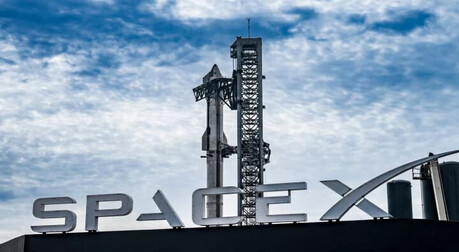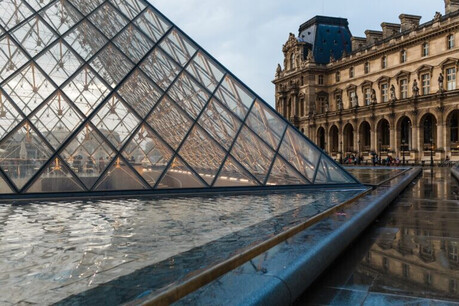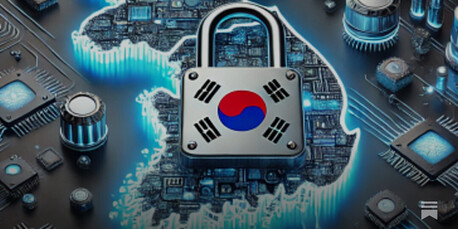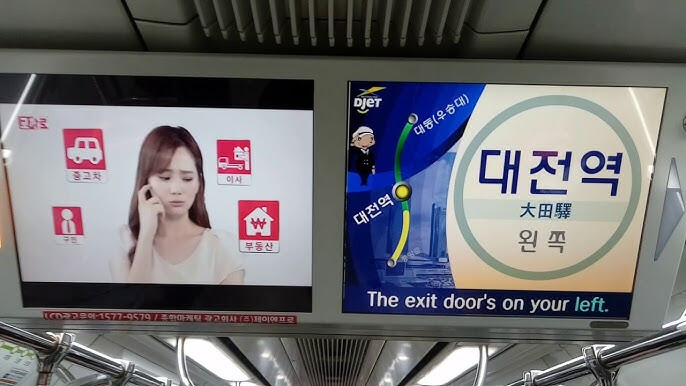
Daejeon, South Korea – Foreign visitors to Daejeon are facing difficulties navigating the city's subway system due to inaccurate translations of station names, particularly in Chinese and Japanese.
Wei Weiwei, a 27-year-old Chinese exchange student at KAIST, recounted her confusion upon arriving in Daejeon in September. She was unable to locate the Seodaejeon Junction station using the provided English translation on a map. "It's difficult for short-term exchange students to find places when the translations are so inaccurate," she said.
Experts have pointed out that the translations are often outdated and based on incorrect interpretations of Korean place names. For example, the Chinese translation for Seodaejeon Junction station includes the term "saga," which does not exist in Chinese. Similarly, the Japanese translation for the World Cup Stadium station uses the term "sekaibai" (world cup), which is not commonly used in Japan.
"The Chinese translation for Seodaejeon Junction should be '十字路口' (shizilugu), meaning 'crossroads'," said Kang Hye-geun, a professor of Chinese language at Chungnam National University. "And for the World Cup Stadium, the correct Chinese term would be '赛场' (saichang), meaning 'stadium'."
With the number of foreign residents in Daejeon increasing significantly, the demand for accurate translations has become more pressing. As of September, there were over 25,000 registered foreign residents in the city, with a significant portion coming from Chinese-speaking and Japanese-speaking countries.
Despite growing concerns, the Daejeon Transportation Corporation has stated that updating the translations is a complex process that requires approval from the city government. However, the corporation has pledged to work with foreign students to correct inaccuracies in the subway's internal signage.
[Copyright (c) Global Economic Times. All Rights Reserved.]















